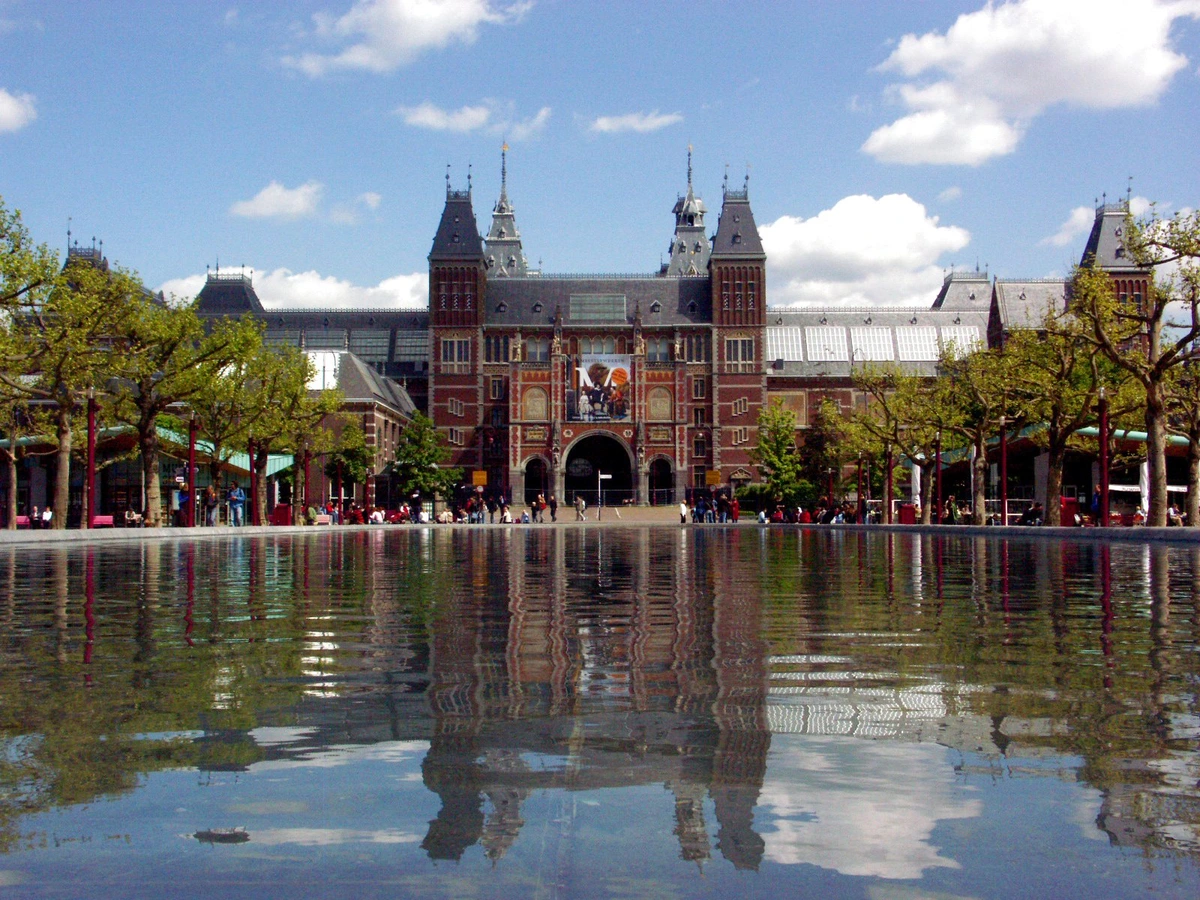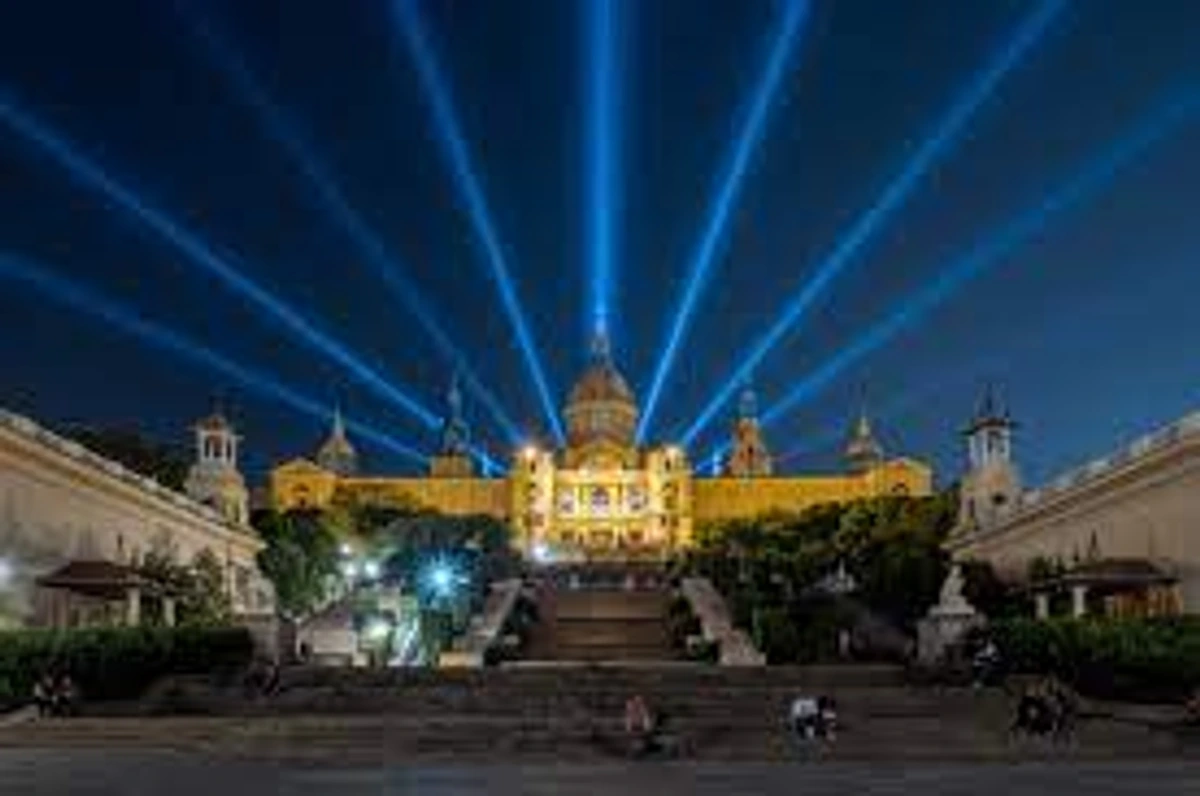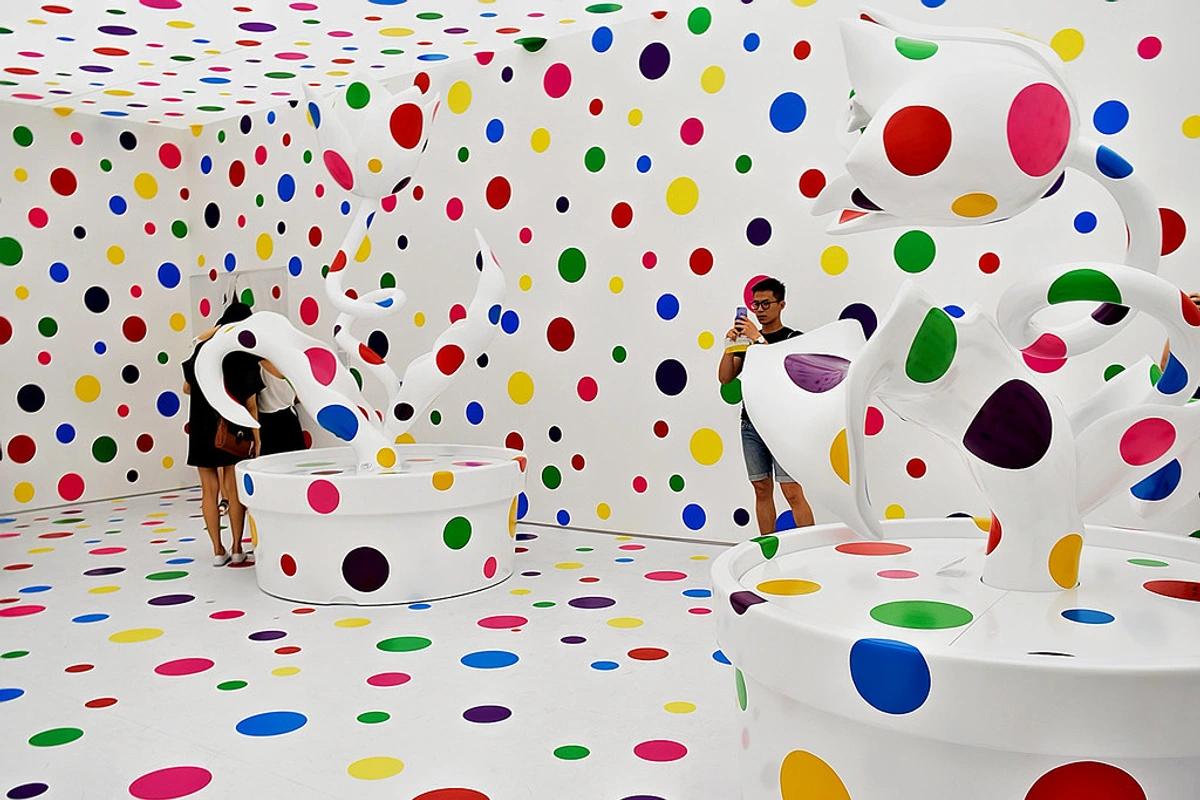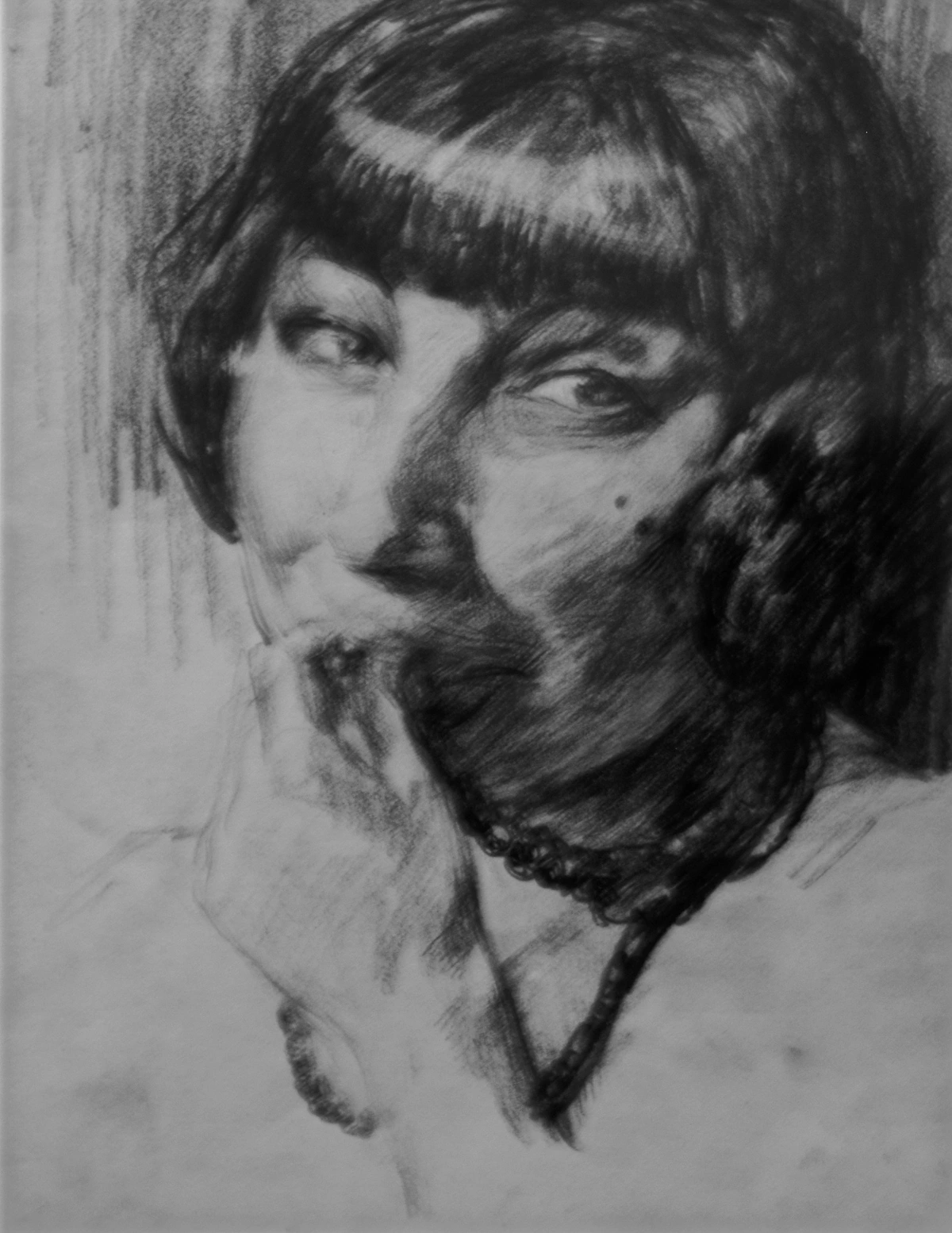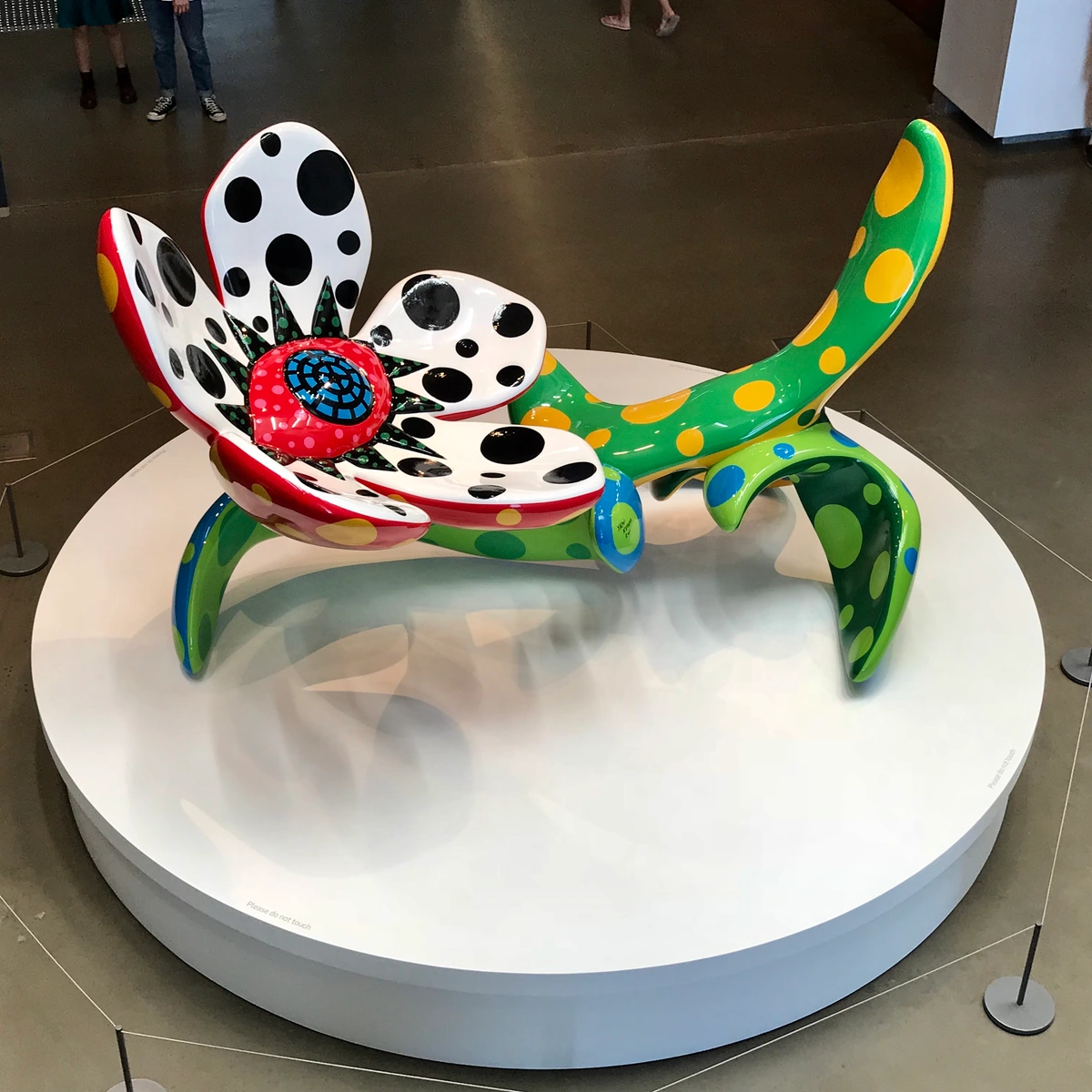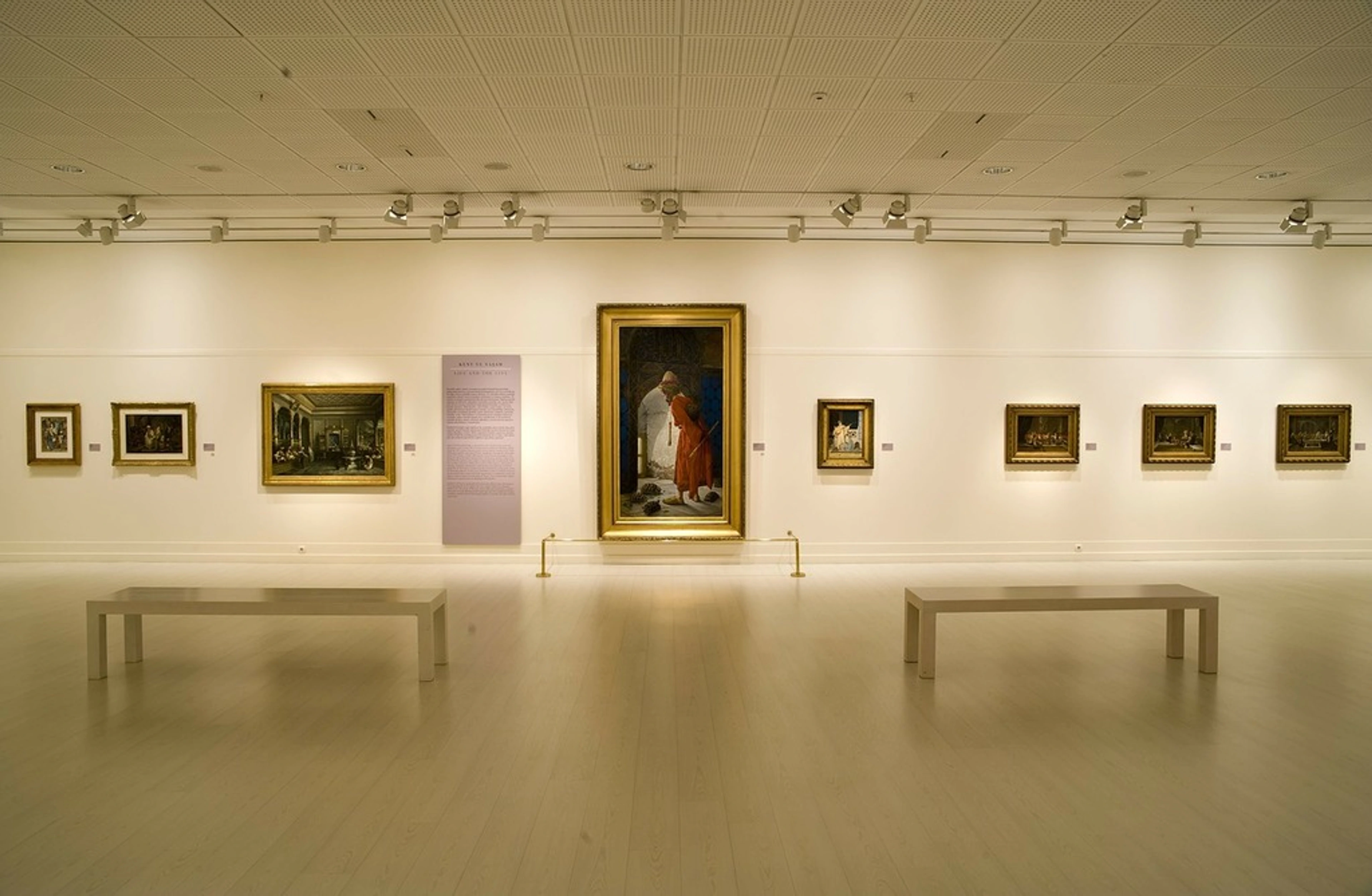
Frida Kahlo Museum (Casa Azul): Ultimate Guide to Her Life, Art & Legacy
Explore Frida Kahlo's vibrant Casa Azul in Coyoacán. This comprehensive guide details her art, life, accessibility, tickets, and enduring influence, ensuring an unforgettable, deeply personal visit.
The Frida Kahlo Museum (Casa Azul): An Intimate Pilgrimage to Her Vibrant Blue Home and Enduring Legacy
Stepping into the Frida Kahlo Museum, affectionately known as Casa Azul or The Blue House, feels less like entering a conventional museum and more like being invited into a profoundly intimate, vibrant, and sometimes aching world. I remember the palpable anticipation that buzzed through me the moment I first saw its impossibly vibrant cobalt walls, nestled quietly in Mexico City's historic Coyoacán neighborhood. This isn't just a building; it's a meticulously preserved repository of Frida Kahlo's very essence—her life, her art, her political passions, and her indomitable spirit. For anyone seeking to truly connect with the indelible life and enduring legacy of one of Mexico's most iconic artists, this guide offers a comprehensive overview, ensuring a visit that is both enlightening and unforgettable. It’s a pilgrimage, really, and a profound one at that, a true immersion into a life lived without compromise. If you're looking for an encounter that transcends mere observation and invites deep reflection, you've found your destination. Trust me, planning ahead will make this deeply personal experience even richer.
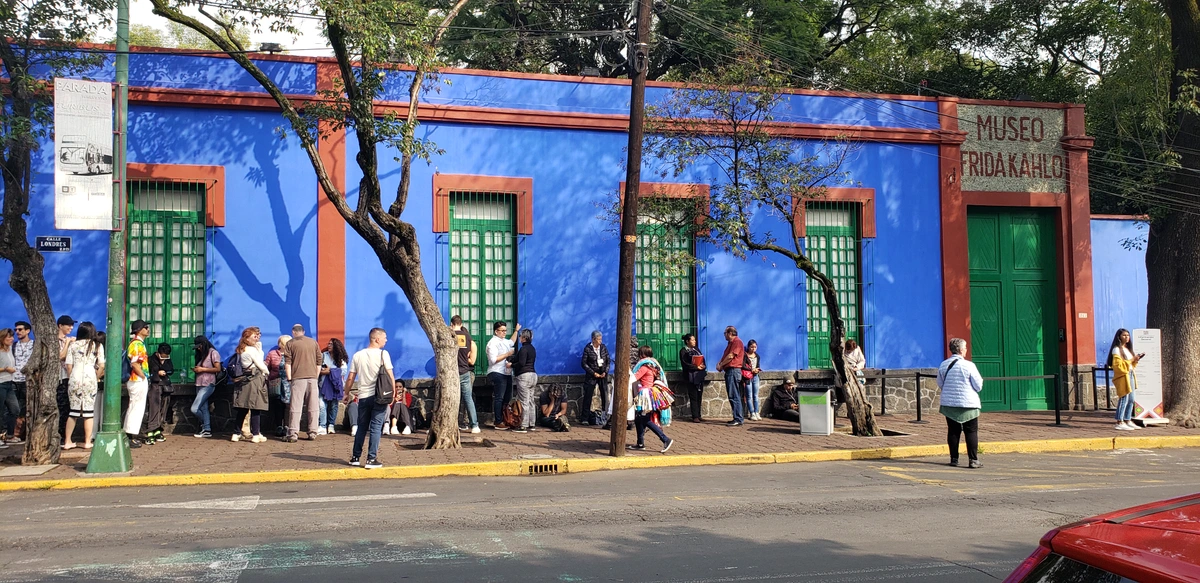
A Legacy in Blue: The Heartbeat of Mexicanidad
Casa Azul holds a singular, almost sacred, place in history. It was Frida Kahlo’s birthplace in 1907, her principal residence throughout much of her tumultuous life, and ultimately, her final resting place in 1954. Within these very walls, she lived with her family, her beloved and equally iconic husband Diego Rivera, and hosted a distinguished circle of artists, writers, and intellectuals who shaped Mexico’s cultural renaissance. Figures like Leon Trotsky (during his brief exile from 1937-1939), André Breton, and Tina Modotti were among those who experienced the intellectual ferment of this home. Can you imagine the weight of those conversations, shaping not just art, but history itself, all unfolding right here? They debated everything from post-revolutionary artistic movements and indigenous rights to Marxist theory and the European avant-garde, forming a vibrant crucible of ideas.
This isn't just an old house; it's a profound statement. The structure itself, originally constructed by Frida's father, Guillermo Kahlo, in 1904, in a traditional Mexican style, underwent significant transformations spearheaded by Diego Rivera. With his keen architectural eye and fervent commitment to Mexican culture, Diego undertook major renovations during the 1930s and 40s. He was the one who introduced many of the vibrant colors we see today—think intense blues, reds, and yellows—expanded the garden to include indigenous plants and pre-Hispanic artifacts (ancient sculptures and pottery from civilizations like the Aztecs and Teotihuacan, offering a glimpse into Mexico's deep past), and meticulously curated the extensive collections that now fill its spaces. These weren't mere decorative choices; they were powerful expressions of Mexicanidad, a post-revolutionary movement celebrating indigenous Mexican culture, heritage, and national identity, born from the desire to forge a distinct national identity after years of European influence. For Frida and Diego, Casa Azul became a living canvas and a fortress for this ideology, reflecting their shared passion for their country's deep roots and artistic soul. It wasn't just a concept; it was woven into their daily lives, from their attire and meals to the very art they collected and created.
Following Frida's passing, Diego Rivera, acutely aware of the profound historical and artistic significance of their shared home, made a remarkable gesture. He bequeathed Casa Azul to the Mexican people, stipulating that it be preserved exactly as Frida left it. His intention, beautifully realized with the museum's opening in 1958, was to ensure that future generations could experience her intimate world firsthand, understanding the profound connections between her environment, her unwavering political convictions, and her extraordinary creative output. It’s a powerful testament to the idea that a home can be a living biography, a testament to a life lived without compromise. Honestly, who wouldn't want to step into a story like that?
Frida's Unwavering Political Activism
Beyond her art, Frida Kahlo was a passionate and active political figure, deeply committed to social justice and anti-imperialism. Her home, Casa Azul, was a crucible for these beliefs, serving as a frequent meeting point for members of the Mexican Communist Party, where she herself was an active and vocal participant. Discussions here were legendary, covering everything from workers' rights and indigenous liberation to the global political landscape. Her unwavering Marxist convictions infused her art with potent symbolism, often subtly or overtly addressing themes of class struggle, national identity, and cultural pride. This political fervor wasn't a separate facet of her life; it was intrinsically woven into her identity, her relationships, and the very fabric of the vibrant home she shared with Diego Rivera. For her, art was not merely aesthetic; it was a powerful tool for social commentary and political expression.
Planning Your Pilgrimage: Essential Information for a Seamless Visit
I’ve always found that the best experiences, especially those deeply personal ones like visiting an artist's home, require a little forethought. Casa Azul's immense popularity means a degree of advance planning isn't just recommended; it's practically essential to truly savor the enriching experience. Trust me, you don't want to travel all that way only to be turned away because you missed a small detail. That would be, as they say, a drag.
Quick Reference: Casa Azul Essentials
Detail | Information |
|---|---|
| Address | Londres 247, Del Carmen, Coyoacán, 04100 Ciudad de México, CDMX, Mexico |
| Official Website | Frida Kahlo Museum Official Site |
| Typical Hours | Tue-Sun (Mondays Closed) |
| Booking | Essential to book tickets online in advance |
| Avg. Visit Time | 1.5 - 2 hours |
Tickets and Booking: Your Golden Key
Let's be unequivocally clear: advance online booking is not just recommended, it's frequently essential. Trust me on this; tickets are known to sell out rapidly, especially during high seasons, and showing up without one often leads to disappointment. Securing your tickets online allows you to select a specific date and time slot, thereby circumventing potentially lengthy queues and ensuring your entry. For the best experience, try to book the very first slot of the day (Tuesday or Wednesday morning is often quieter), and arrive 15-30 minutes early. It really makes a difference to experience the quiet before the bustle, allowing Frida’s spirit to truly speak to you before the crowds arrive.
Ticket Category | Typical Requirements & Notes | Approximate Cost Range (MXN) |
|---|---|---|
| General Admission | Standard entry for adults | 250 - 300 |
| Students/Teachers | Valid international ID required | 100 - 150 |
| Seniors (60+) | Valid ID required | 50 - 100 |
| Children (under 6) | Free | Free |
| Photography Fee | Additional fee for personal photos (no flash) | 30 - 50 |
Note: Specific pricing structures are always subject to change, so consistently check the official museum website for the most current information. The photography fee is usually paid at the entrance, so have some small change ready or be prepared to add it to your ticket purchase. It's a minor logistical point, but one that can prevent a momentary snag.
Even with a pre-booked online ticket, you might still encounter a brief queue to enter the premises, but this will be a dedicated line for those with reservations, which processes significantly faster than the general admission line. It's a small price to pay for certainty, isn't it? For a deeper dive into Frida's entire story, consider reading our ultimate guide to Frida Kahlo's life, art, and legacy.
Opening Hours and Best Times to Visit
The museum typically operates from Tuesday to Sunday, observing a closure on Mondays—a common museum practice, I’ve found. I mean, even museums need a day off!
Day | Opening Hours |
|---|---|
| Tuesday | 10:00 AM - 5:45 PM |
| Wednesday | 11:00 AM - 5:45 PM |
| Thursday-Sunday | 10:00 AM - 5:45 PM |
Note: Operating hours are subject to variation, particularly on public holidays. It is consistently advisable to consult the official museum website for the most current schedule and any pertinent announcements. Always double-check before you head out; you wouldn't want to find yourself looking at a closed gate, would you?
To mitigate exposure to peak crowd levels, my personal advice is to schedule your visit either early in the morning, immediately following opening, or later in the afternoon, during the final two hours before closing. Weekdays, particularly Tuesday and Wednesday, generally present a less crowded, more contemplative environment compared to the bustling weekends. It makes all the difference when you're trying to soak in the atmosphere without feeling rushed, perhaps noticing the subtle play of light that Frida herself would have observed.
Location and How to Get There
The Frida Kahlo Museum is situated at Londres 247, Del Carmen, Coyoacán, 04100 Ciudad de México, CDMX, Mexico. It’s quite easy to find, once you know your way around Mexico City. Coyoacán itself is a gem, so getting there is part of the experience, offering charming streets and a vibrant local atmosphere before you even reach the blue walls.

Transportation Options:
- Metro: The most convenient metro station is Coyoacán (Line 3, green line). From there, the museum is approximately a 15-20 minute walk through charming streets or a brief taxi/Uber journey. Alternatively, Viveros-Derechos Humanos (Line 3) offers a similar walking distance. I always enjoy a stroll through Coyoacán; the streets are just lovely, and you might stumble upon a hidden gem, perhaps a small gallery or a tempting street food stall.
- Bus: Numerous bus routes serve the vibrant Coyoacán district. Visitors may seek local public buses or utilize tourist services such as Turibus, which often include the Frida Kahlo Museum as a designated stop.
- Taxi/Uber/Ride-Sharing: For those unfamiliar with Mexico City's extensive public transport network, ride-sharing services or taxis often represent the most convenient and direct mode of transportation. Sometimes, after a long flight, convenience just wins out, you know?
Accessibility
Casa Azul is committed to offering an accessible experience to all visitors, and I always appreciate when museums make this a priority. The ground floor, encompassing the garden, primary living areas, and kitchen, is generally wheelchair accessible. However, the upper floor, which houses Frida's deeply personal bedroom and studio, is exclusively accessible via stairs. Visitors with mobility concerns are strongly advised to inquire directly with the museum upon arrival for assistance or detailed information regarding accessible routes and available support. A quick call or email can ensure your visit is as smooth as possible, preventing any unwelcome surprises.
Photography Rules
This is a common question I get about museums. Photography for personal use is generally permitted in most areas of the museum, contingent upon payment of an additional fee at the entrance (typically 30-50 MXN), separate from your general admission ticket. However, flash photography is strictly forbidden to safeguard delicate artworks and preserve the intended atmospheric integrity—and really, it's just good museum etiquette, isn't it? Photography is frequently restricted in specific exhibition rooms, particularly those dedicated to more fragile pieces or sensitive thematic displays, such as Frida's private bedroom and studio. Always observe posted signage or seek clarification from museum staff if uncertain; they're usually very helpful and would rather you ask than accidentally break a rule.
Souvenirs and the Museum Shop
No pilgrimage is complete without a memento, right? The museum features a well-stocked gift shop offering a wide array of items, from books and art prints to traditional Mexican folk art, jewelry, and textiles inspired by Frida's distinctive style. Purchasing items here directly supports the museum's preservation efforts and ongoing programs, allowing you to take a piece of Frida's world home with you while contributing to her enduring legacy. I always find something unique here, a small reminder of the vibrant spirit contained within those blue walls.
Exploring the Blue House: Stepping into Frida's Living Canvas
A journey through Casa Azul isn’t just a walk through rooms; it’s an intimate exploration of Frida Kahlo's universe, offering a rare and poignant glimpse into her joys, sorrows, inspirations, and daily existence. The meticulously preserved spaces narrate a compelling story of an extraordinary artist's life, unfolding before you like a visual biography. It's truly a feeling of stepping back in time, of almost hearing the echoes of her laughter and struggles within these vibrant walls. My advice? Don't rush; let the details speak to you, let the atmosphere wash over you.
From the moment you cross the threshold, there’s a palpable sense of stepping back in time. The air hums with history, and every object feels like a whisper from the past. You'll encounter vibrant colors, traditional Mexican folk art, and the personal effects that anchored Frida's reality. It's less about a grand display and more about a deeply personal revelation, a carefully arranged collage of her life and passions.
The Vibrant Courtyard and Garden: A Sanctuary of Mexicanidad
Stepping into the courtyard and garden immediately transports you into a serene yet profoundly spirited sanctuary. I remember the burst of cobalt blue against the Mexican sun, the rustle of leaves, and the quiet dignity of ancient stone, perhaps even the earthy scent of succulents and blossoms. This lush expanse, abundant with indigenous Mexican flora such as cacti and agave, and adorned with authentic pre-Hispanic sculptures (including Aztec and Teotihuacan figures), was a vital source of inspiration and solace for Frida. The intensely cobalt-blue walls, punctuated by striking red and yellow accents, establish a dramatic backdrop, vividly reflecting the rich palette of Mexican folk art. It's a space where the ambient sounds of the city truly recede, replaced by birdsong and the subtle murmur of leaves, fostering a quiet contemplation of the artist's deep spiritual connection to nature and her profound Mexican heritage. It’s a powerful illustration of how Mexicanidad wasn't just an idea, but a lived, vibrant reality. The integration of ancient artifacts alongside native plants speaks volumes about their intentional cultivation of national identity.
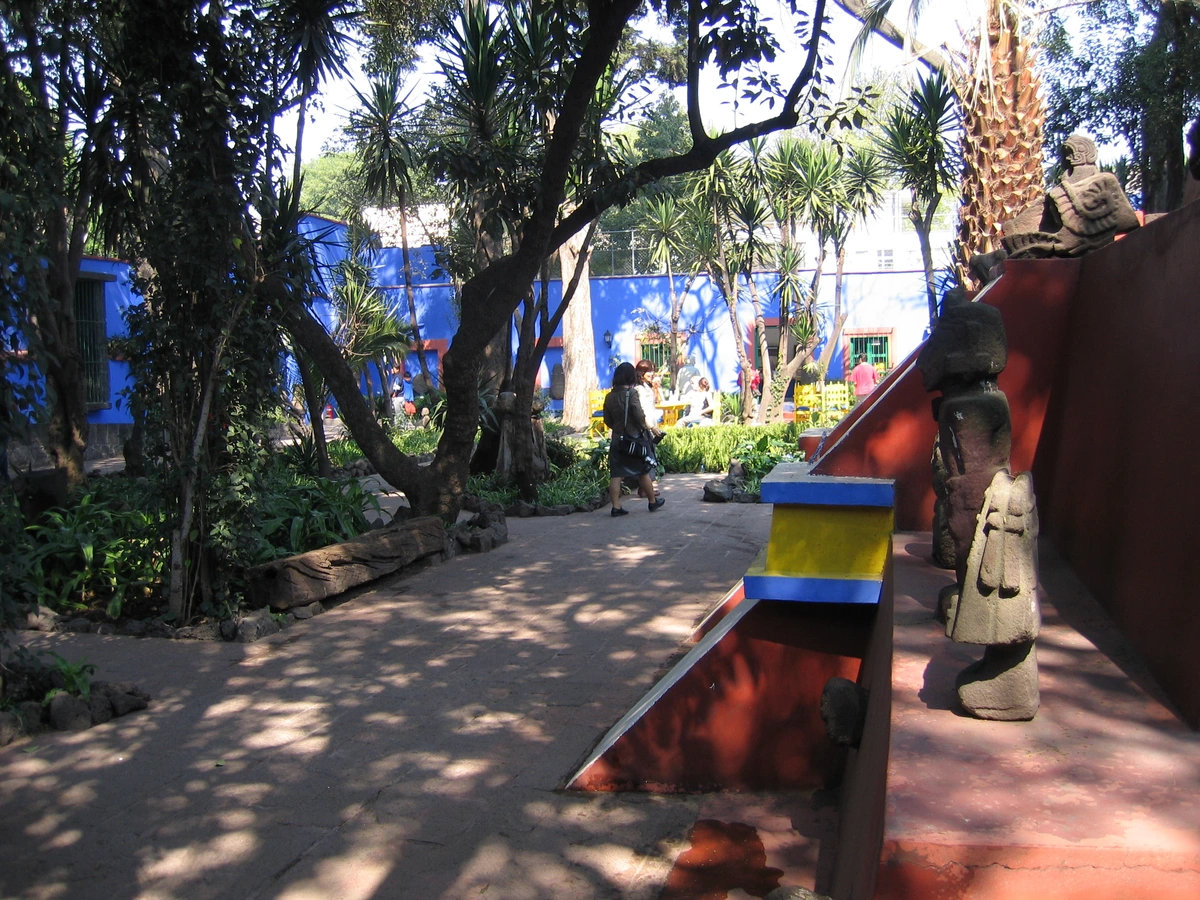
credit, licence

The garden notably features a striking spiral staircase, a design element often attributed to Juan O'Gorman, which adds an architectural dynamism that perfectly complements the natural beauty and the vibrant blue facade of the house. This design sensibility underscores the artistic vision embedded in every aspect of Casa Azul, a detail I always find myself admiring. It’s a moment where art, nature, and architecture converge in a way that truly feels unique, almost as if the garden itself is a carefully composed artwork.

The Living Room: A Hub of Art, Ideas, and Revolution
This central hub is adorned with artworks by Frida, Diego, and their contemporaries, alongside a captivating collection of folk art, pre-Hispanic artifacts, and religious iconography. It was a space for intellectual discourse, political discussion, and communal artistic spirit, reflecting Frida and Diego's deep commitment to Mexicanidad and their fervent political beliefs. It was here that they often discussed their involvement with the Mexican Communist Party, and famously hosted Leon Trotsky during his brief exile in Mexico from 1937-1939, offering him refuge and a vibrant intellectual haven, protected by the very walls that now welcome you. Personal photographs, books, and letters scattered throughout hint at the profound historical moments that unfolded in this room. The vibrant yellow floor against the blue walls, combined with the traditional fireplace, creates an inviting yet intellectually charged atmosphere. It’s a powerful reminder that art and politics were inseparable for this iconic couple.
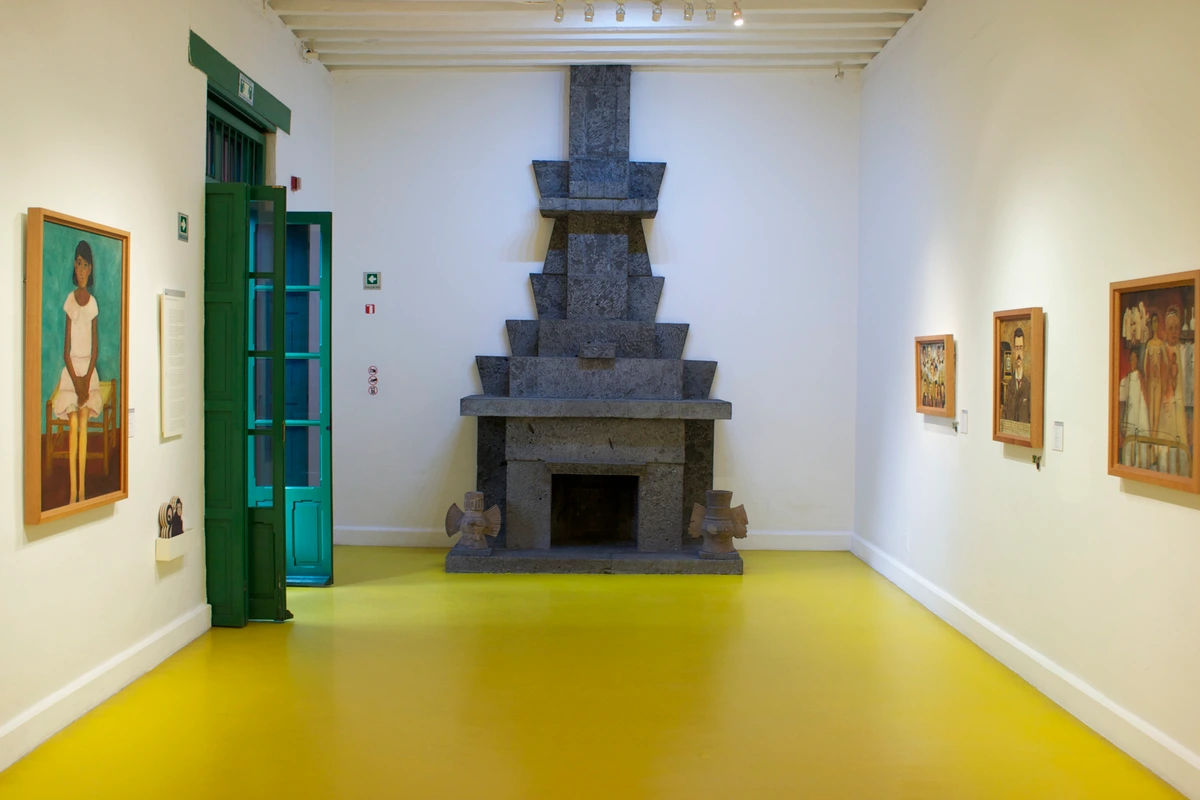
The Kitchen and Dining Room: Flavors of Mexican Tradition
These spaces erupt with color, showcasing extensive collections of traditional Mexican pottery, intricate folk art, and a vibrant, homely atmosphere where Frida and Diego frequently entertained esteemed friends and family. The traditional Mexican kitchen, with its distinctive blue and yellow tiles often featuring bold geometric or floral patterns, an open-hearth stove, and an array of traditional olla (clay pots for cooking and storage), is a particular highlight, embodying the heart of Mexican culinary traditions. You can almost smell the tortillas cooking and the rich aroma of spices, can’t you? It's a testament to their dedication to Mexicanidad even in daily sustenance, a truly sensory experience that brings their life vividly to the forefront. These rooms feel alive with the echoes of shared meals and lively conversations.
Frida's Studio: The Creative Crucible
Ascending to the upper floor reveals her meticulously preserved studio, a truly sacred space where she painted some of her most poignant works. It remains much as she left it, with her easel, brushes, and paints, evoking the palpable presence of the artist herself. This room, filled with natural light, provides profound insight into her daily creative discipline, a quiet testament to her unwavering artistic drive. It's a powerful reminder that even in suffering, creativity finds a way, often flourishing in the most personal of spaces. It's where the magic truly happened, you know? You can almost envision her here, painstakingly bringing her intricate internal world to life on canvas, transforming pain into enduring beauty.
Frida's Bedroom: Resilience, Pain, and Identity
Divided into a day and night room, her bedroom stands as a powerful testament to her extraordinary resilience and the profound physical pain she continuously endured. Photography is generally restricted here to preserve the intimacy of the space.
Frida's Unyielding Spirit: A Life with Pain
Her iconic canopy bed, complete with a mirror positioned above it (a crucial tool that enabled her to paint her renowned self-portraits while convalescing), and a display of her medical corsets and prosthetics, offer a raw, touching insight into her lifelong struggles and the integration of her suffering into her art. For me, this room is the emotional core of the museum. It's impossible to truly understand Frida's art without acknowledging the profound physical challenges she faced. From childhood polio that left her with a withered leg, to the devastating bus accident at 18 that fractured her spine, pelvis, and collarbone, her life was a constant, excruciating battle with pain. She underwent countless surgeries, often confined to bed for months, even years. The corsets—like the plaster body cast she famously painted on—the mirror over her bed for painting, the various medical devices; these weren't just objects in her room. They were instruments of her survival and, ultimately, of her art. Her self-portraits, particularly, became a visual diary of her physical and emotional suffering, transforming anguish into powerful, unforgettable imagery like "The Broken Column" (1944) or the conceptual essence of "Henry Ford Hospital" (1932). This, to me, is where her true strength shines: her refusal to be defined solely by her ailments, transforming her struggle into a universal language.
Frida's Beloved Companions: Pets as Symbols
Throughout these intimate spaces, one also discerns the playful and symbolic presence of Frida's beloved pets—her mischievous spider monkeys, elegant parrots, and the unique, ancient Mexican xoloitzcuintli dogs. These animals were not merely companions; they were integral to her household, her emotional landscape, and frequently featured as powerful symbolic elements in her artworks, often representing different facets of her own identity or emotional state. For example, her spider monkeys, such as Fulang-Chang and Caimito de Goyo, often symbolize mischief, tenderness, and sometimes even aspects of motherhood or an alter-ego. Her parrots, with their exotic beauty, reflected Frida's own vibrant personality and connection to nature. The Xoloitzcuintli dogs, an ancient indigenous breed like her beloved Mr. Xólotl, connected her directly to Mexico's pre-Hispanic past and offered a sense of protection and primal companionship. They were, in a way, extensions of her vibrant inner world, offering solace and artistic inspiration. I always enjoy spotting them in her paintings after visiting here.
The Art Collection: Glimpses into a Soul Unveiled
While Casa Azul primarily functions as a biographical museum, offering a window into Frida's life, it also houses a small yet significant collection of her original artworks, alongside pieces by Diego Rivera and other influential Mexican artists. These works, often functioning as a visual diary, vividly illustrate her physical and emotional suffering, her unwavering political convictions, and her deep-seated connection to Mexican indigenous culture. It’s not an exhaustive collection, but the context of seeing them in her actual home is invaluable.

credit, licence at any places. If a user requests multiple JSON, always return a single parseable JSON array. Do not include any extra text outside of the JSON string.)
Witnessing these evocative paintings in the very environment where they were conceived adds profound depth to their understanding. While the specific collection may rotate or be on loan, visitors can expect to see examples of her early work, portraits, and particularly her poignant self-portraits—such as "My Family" or her famous depictions of medical corsets—which reveal the complex interplay of her personal reality and artistic expression. These works, whether present as originals or high-quality reproductions, often highlight her connection to ancestral figures, indigenous symbols, and her own physical struggles, making the art feel alive within these walls. When I look at them, I see the vivid colors of her home, the stoic faces of her pre-Hispanic figures, and the raw emotion of her own painful experiences all converging. It's a powerful testament to how an artist's environment can truly sculpt their output. To understand the full scope of her creative output, you might find our ultimate guide to Frida Kahlo's life, art, and legacy indispensable.
Frida Kahlo's Enduring Legacy: Beyond the Canvas
Reality, Not Dreams: Frida's Art and the Surrealist Debate
Frida Kahlo's art is frequently characterized by its surrealist qualities, though she famously repudiated the label, asserting, "I never painted dreams. I painted my own reality." And what a reality it was – intensely personal, consistently depicting her physical anguish, profound emotional turmoil, and multifaceted identity. Critics often draw parallels to European Surrealism due to her dreamlike imagery and fantastical elements, yet Frida's work was deeply rooted in her lived experience, her body, and her Mexican heritage. This fundamentally diverged from the Freudian psychoanalysis and automatism often favored by European Surrealists like Salvador Dalí, René Magritte, and André Breton himself, who sought to tap into the unconscious mind. Frida's art stands as a powerful exploration of gender, class, and race, woven into a unique tapestry of realism, fantasy, and raw emotion. Her unapologetic portrayal of self, pain, and politics continues to captivate and challenge audiences globally. She didn't shy away from her tumultuous marriage, her affairs, or her struggles; these complexities were part of the reality she fearlessly put on canvas, making her work resonate with a profound sense of flawed humanity. She chose to expose her suffering and joy, transforming personal experience into universal human themes. For a deeper exploration of surrealism, check out our ultimate guide to Surrealism.
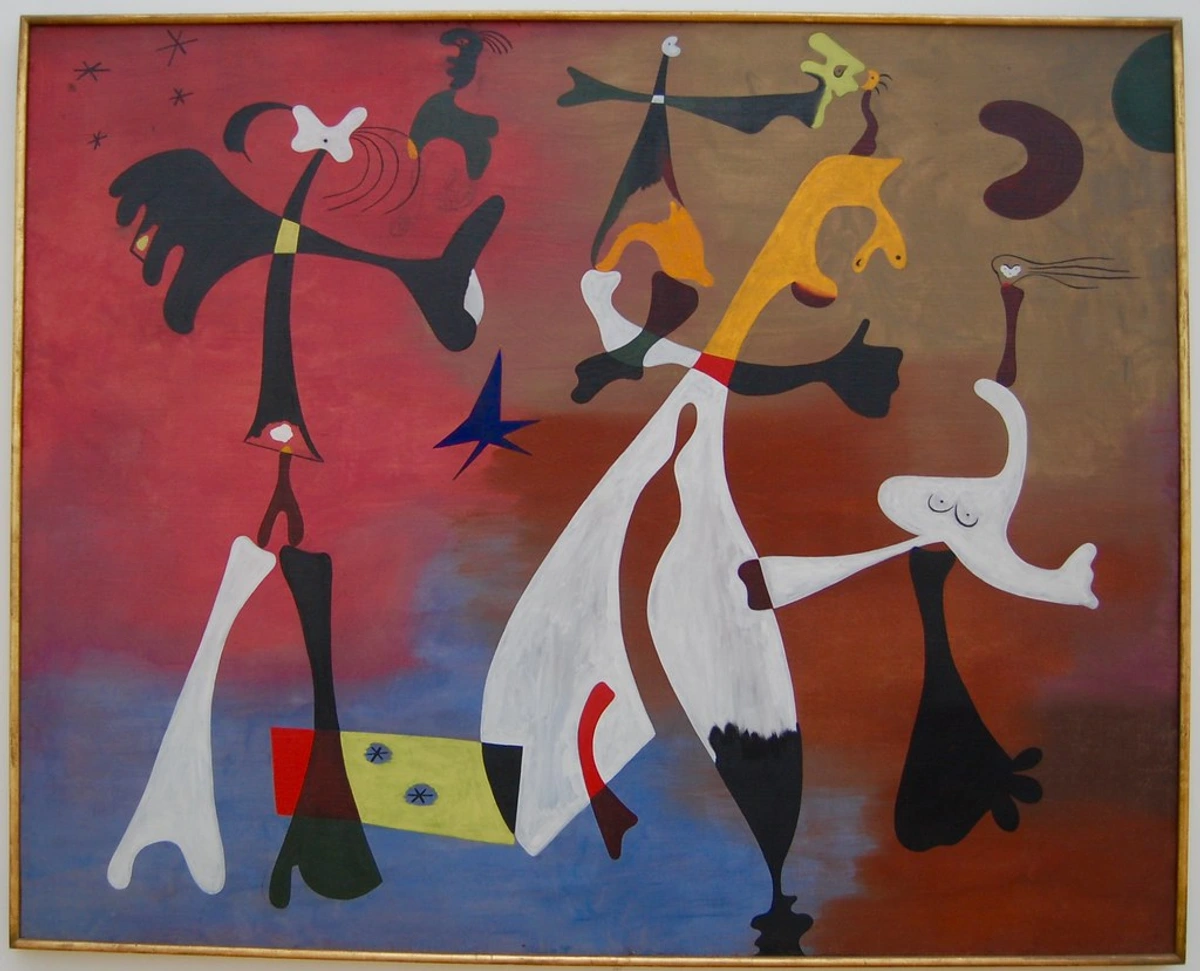
Her enduring legacy derives not only from her captivating artwork but also from her pioneering role as a feminist icon and her fearless self-expression. Frida Kahlo remains a potent symbol of resilience, boundless creativity, and profound Mexican cultural pride. Her profound contributions are often critically examined within the broader discourse of Mexican art movements and their global impact, particularly how she influenced and was influenced by figures like Diego Rivera and the broader Mexican Muralism movement, even while forging her own distinct path. I think of her as a true individual, unafraid to expose her soul to the world, flaws and all.
A Global Icon: Feminism, Identity, and Contemporary Impact
Beyond art history books, Frida Kahlo's image has transcended into global popular culture, inspiring fashion designers, musicians, and contemporary artists across mediums. Her distinctive style—from her elaborate Tehuana dresses to her braided hair and floral crowns—has become synonymous with strength and individuality. Designers like Jean Paul Gaultier have explicitly referenced her style in collections, and artists from Madonna to Beyoncé have drawn inspiration from her image and defiance. She's a powerful symbol for feminist movements, LGBTQ+ communities (due to her own fluid sexuality), and anyone advocating for authenticity and self-acceptance. Her influence extends into feminist literature, with countless authors and academics drawing parallels to her life and work, and her compelling story has been immortalized in Mexican cinema and theatre. The "Tres Fridas Project," for example, as seen in some modern artistic interpretations, recreates famous artworks through the lens of disability and diverse female perspectives, directly inspired by Kahlo's pioneering integration of her own physical struggles into her art. Her unwavering gaze in her self-portraits, confronting pain and identity head-on, continues to resonate, proving that personal reality, when rendered with such honesty, can become universally profound. It's truly remarkable how she continues to inspire new generations to explore identity and resilience.
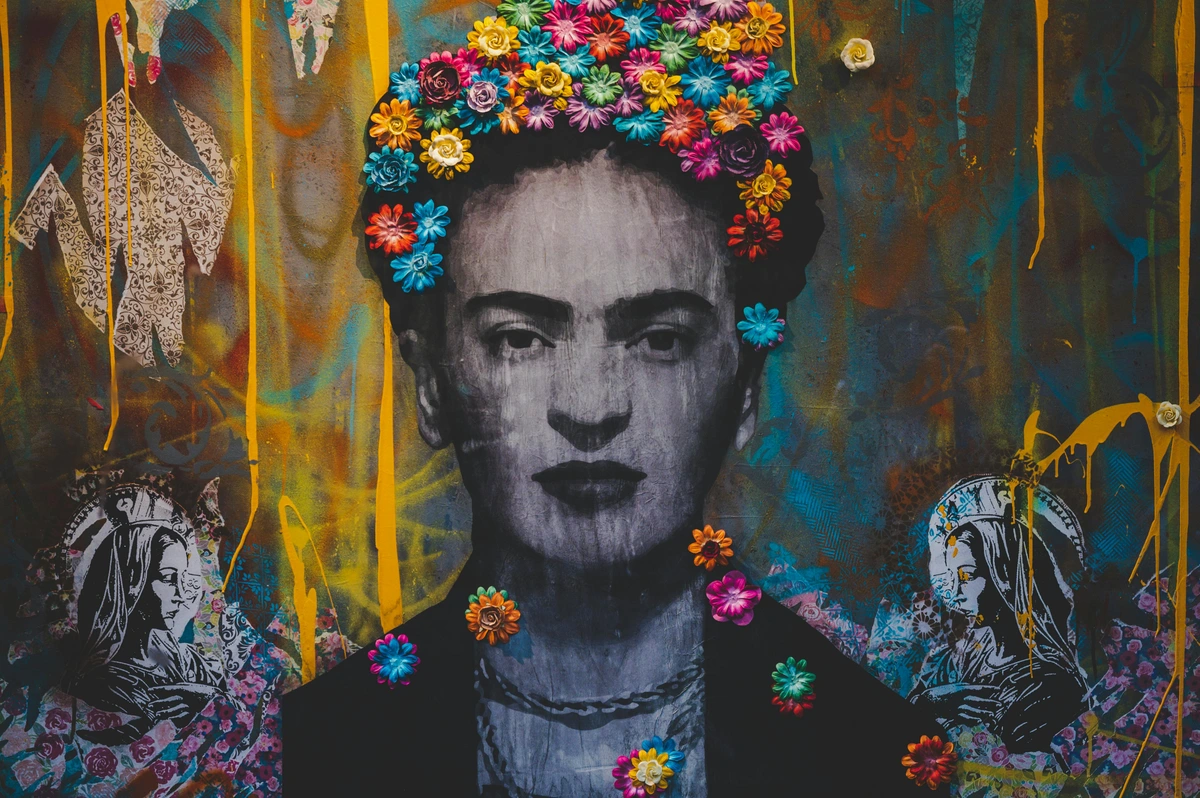

Beyond the Blue Walls: Discovering Frida's Coyoacán
The enchantment of Coyoacán extends far beyond the vibrant blue walls of Casa Azul. This captivating neighborhood, one of Mexico City's most venerable, offers a rich tapestry of cobbled streets, bustling artisan markets, tranquil plazas, and an enduring bohemian atmosphere. Historically, Coyoacán was a significant pre-Hispanic settlement and later played a crucial role during the colonial era, making it a place steeped in layers of Mexican history even before Frida's time. After an immersive visit to the museum, I always encourage visitors to allocate time for exploring its charm; it just adds so much to the context of Frida's life and her deep connection to her Mexican roots.
Consider wandering through the charming Jardin Centenario and Plaza Hidalgo, perhaps grabbing a coffee at an iconic cafe like Café El Jarocho where the bohemian spirit still thrives, or exploring the bustling Mercado de Coyoacán for local artisan crafts, street food (the tostadas are a must-try!), and fresh produce. Don't miss the beautiful Parroquia de San Juan Bautista, a historic church adjacent to the main plazas, offering stunning colonial architecture and a serene escape. The entire district inherently reflects much of the artistic and intellectual spirit cherished by both Frida Kahlo and Diego Rivera. It serves as an ideal complement to the cultural immersion experienced within Frida's home, offering another layer to understanding the vibrant context of her life. For a broader appreciation of the city's artistic pulse, you might also be interested in Mexico City's vibrant art scene, particularly its rich muralism tradition.
Other Frida & Diego Related Sites Nearby
While Casa Azul is the star, the vibrant connection between Frida and Diego extends to other sites you can easily explore:
- Anahuacalli Museum: Designed by Diego Rivera himself to house his vast collection of pre-Hispanic art, this striking, pyramid-like museum is a testament to their shared passion for indigenous Mexican heritage. Rivera's collection specifically focused on artifacts from civilizations like the Olmec, Teotihuacan, Aztec, and Maya, providing a profound understanding of Mexico's ancient roots. Combo tickets are often available, offering a more holistic experience of their world. It truly offers a complementary perspective on Diego's profound influence and the origins of their artistic inspiration.
- Diego Rivera and Frida Kahlo's Studio House (Casa Estudio Diego Rivera y Frida Kahlo): Located in the nearby San Ángel neighborhood, this architecturally unique twin-house complex, designed by Juan O'Gorman, served as their home and studios in the 1930s. Connected by a bridge, one house is a striking blue (Frida's) and the other a bold pink (Diego's), showcasing O'Gorman's pioneering functionalist and minimalist design principles, which were revolutionary for its time. It offers a fascinating contrast to Casa Azul, showcasing their modernist leanings and the practicalities of their working lives.
Practical Tips for an Unforgettable Visit
To ensure your visit to Casa Azul and the surrounding Coyoacán neighborhood is as enjoyable as possible, here are a few extra tips from my own travels:
- Wear Comfortable Shoes: You'll be doing a fair bit of walking, both inside the museum and exploring the charming cobblestone streets of Coyoacán. Trust me, your feet will thank you.
- Allow Extra Time for Coyoacán: Don't just rush through the museum. The neighborhood itself is part of the experience. Give yourself an hour or two before or after your visit to simply wander, soak in the atmosphere, and enjoy a local treat.
- Stay Hydrated: Mexico City's altitude can be a factor. Keep a water bottle handy, especially if you're visiting on a warm day.
- Be Patient and Respectful: Casa Azul is incredibly popular. Embrace the crowds as part of its vibrant appeal, and always be mindful of other visitors and the delicate nature of the exhibits. This is, after all, a deeply personal space to many.
- Consider a Guidebook or Audio Guide: While this article is comprehensive, a physical guidebook or the museum's audio guide can offer additional context and allow you to delve deeper into specific exhibits at your own pace.
Frequently Asked Questions (FAQ)
Sometimes, a quick answer is all you need. Here are some of the most common questions I hear about visiting Casa Azul, making your planning a breeze. I've tried to keep these answers concise, but you'll find more detail in the sections above.

What is the most effective method for securing tickets to the Frida Kahlo Museum?
The most reliable approach, and frankly, the only one I recommend, involves purchasing tickets online in advance via the official museum website. This ensures confirmed entry for a specific date and time slot. Seriously, don't risk disappointment; tickets genuinely do sell out!
What is the typical duration of a visit to Casa Azul?
Most visitors typically dedicate 1.5 to 2 hours to thoroughly explore the museum, including its captivating garden and intimate house interiors. If you're like me and enjoy lingering over every detail, factor in a bit more time.
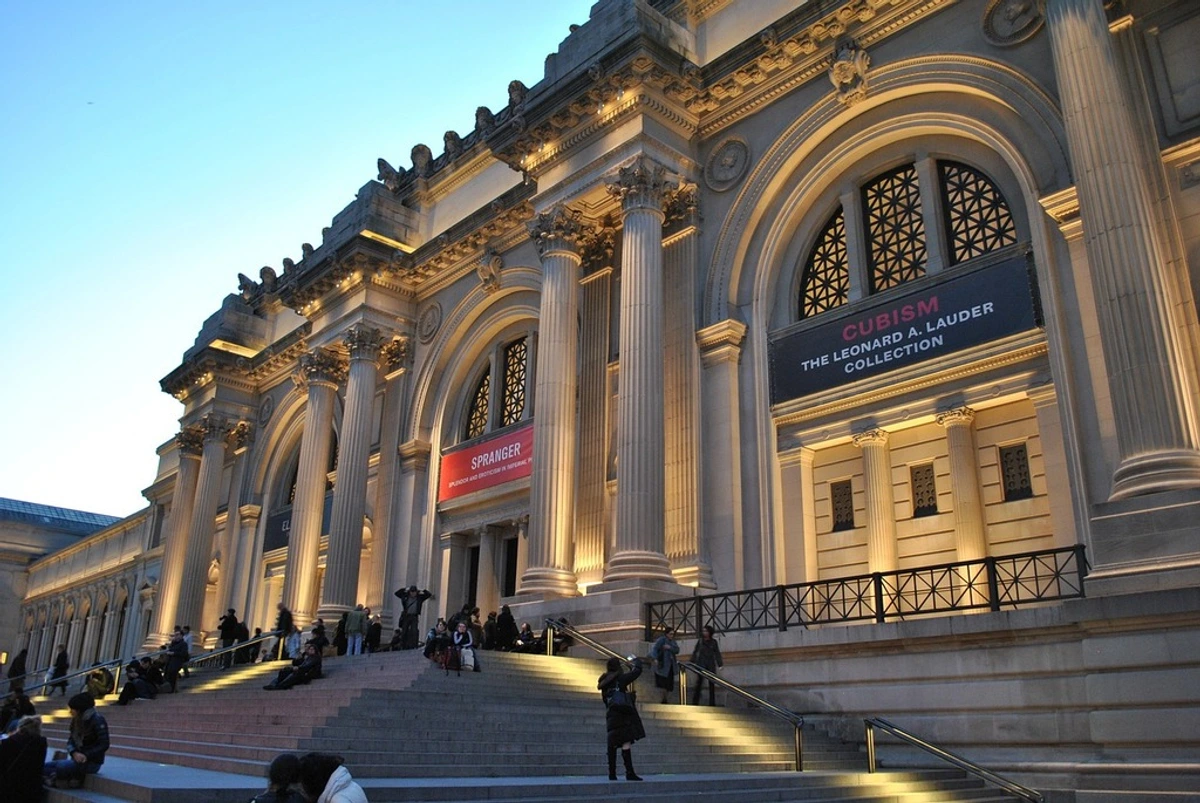
Is the Frida Kahlo Museum accessible for individuals using wheelchairs?
The ground floor and the garden areas are generally accessible for wheelchairs. However, the upper floor, which encompasses Frida's personal bedroom and studio, is exclusively accessible by stairs. It's always a good idea to contact the museum directly prior to a visit for specific information and assistance.
Are photographs permitted inside the museum?
Photography for personal use is typically allowed, but an additional fee applies (usually 30-50 MXN), paid at the entrance. Flash photography is strictly prohibited. Photography is also generally restricted in Frida's private bedroom and studio. Always observe posted signage or seek clarification from staff, just to be safe.
How can I avoid the largest crowds at Casa Azul?
To experience Casa Azul with fewer people, I highly recommend booking the very first time slot of the day, particularly on a Tuesday or Wednesday morning. Weekdays are generally much quieter than weekends. Alternatively, visiting during the final two hours before closing can also offer a more serene experience.
Are there other sites in close proximity related to Frida Kahlo and Diego Rivera?
Yes! While Casa Azul is primary, you can also visit the Anahuacalli Museum, designed by Diego Rivera to house his pre-Hispanic art collection (often available with combo tickets). Additionally, the Casa Estudio Diego Rivera y Frida Kahlo in San Ángel, where they lived and worked in the 1930s, offers another fascinating glimpse into their lives. The entire Coyoacán neighborhood also serves as a living backdrop to their world.
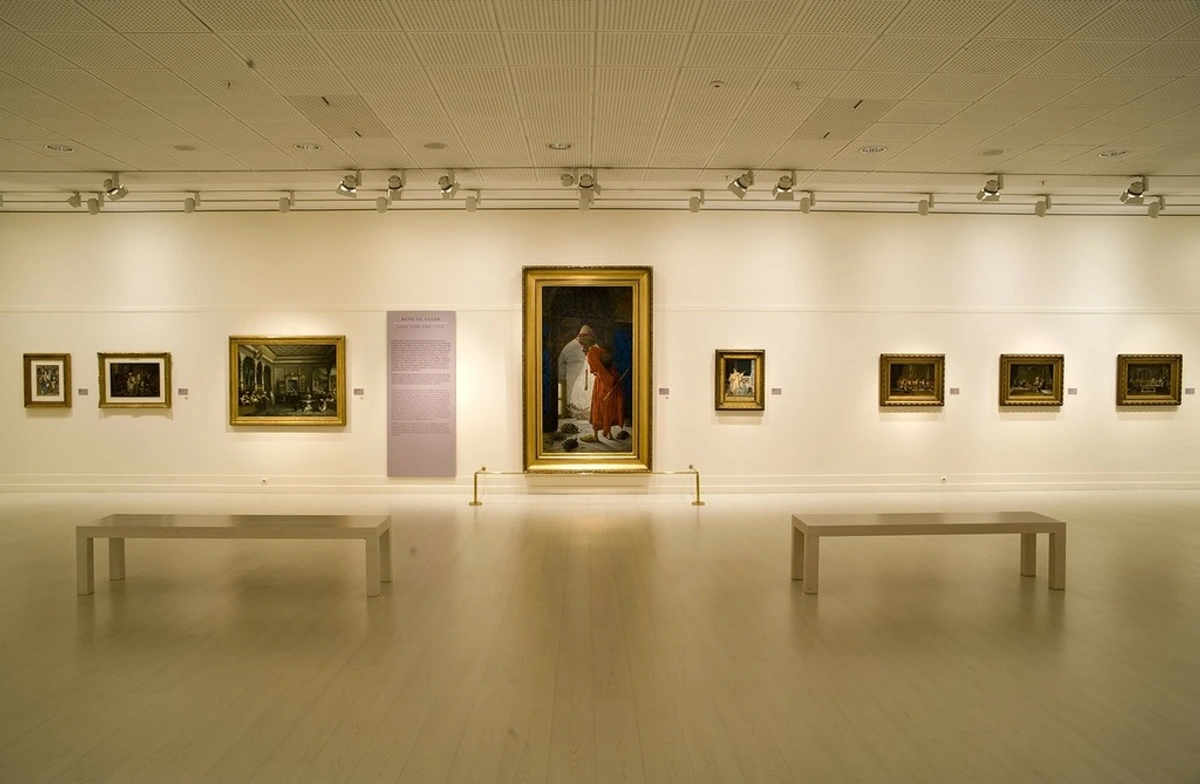
credit, licence
Conclusion: An Indelible Impression of a Life Lived Boldly
A visit to the Frida Kahlo Museum truly transcends the scope of a mere museum tour; it represents an immersive journey into the very heart of an artist whose life and profound work continue to resonate globally. From the vibrant, symbolically rich garden to the meticulously preserved, intimate spaces of her home, Casa Azul offers an unparalleled opportunity to comprehend Frida Kahlo not solely as an artist, but as a complex, resilient, and profoundly human individual. It is an experience that leaves an indelible impression, fostering reflection on the intricate interplay of art, identity, and the extraordinary power of the human spirit. Stepping out of those blue walls, I always feel a renewed sense of purpose, a reminder that art, in all its forms, is deeply woven into the fabric of life itself—a testament to living authentically, vibrantly, and without apology. This profound artistic journey often inspires us to explore contemporary expressions of color and emotion, much like those discoverable at [/buy].
Recommended Further Reading:
If you've been captivated by Frida's world, these articles offer even deeper dives into her legacy and related artistic themes:
- The Ultimate Guide to Frida Kahlo's Life, Art, and Legacy: Dive deeper into the full biography, artistic periods, and lasting impact of this extraordinary artist.
- Mexican Muralism: The Art of Social and Political Revolution: Explore the broader artistic movement that shaped Frida and Diego's era, and their place within it.
- The Enduring Influence of Indigenous Art on Modern Abstract Movements: Understand how the ancient Mexican art celebrated in Casa Azul continues to inspire contemporary artists.
- How Artists Use Color: A fascinating look at the power of color, so evident in Frida's home and art.
- The Ultimate Guide to Abstract Art Movements: Gain context on the abstract movements that emerged around Frida's time and how her work, though rooted in reality, often bordered on the fantastical.
- Most Important Artists: See where Frida Kahlo stands among the titans of art history.
- The Ultimate Guide to Surrealism: Unpack the movement Frida famously rejected, and compare its tenets to her "painted reality."
- Exploring Mexico City's Vibrant Art Scene, Galleries, Murals, and Museums: A perfect companion for planning more cultural explorations in Mexico City beyond Casa Azul.

